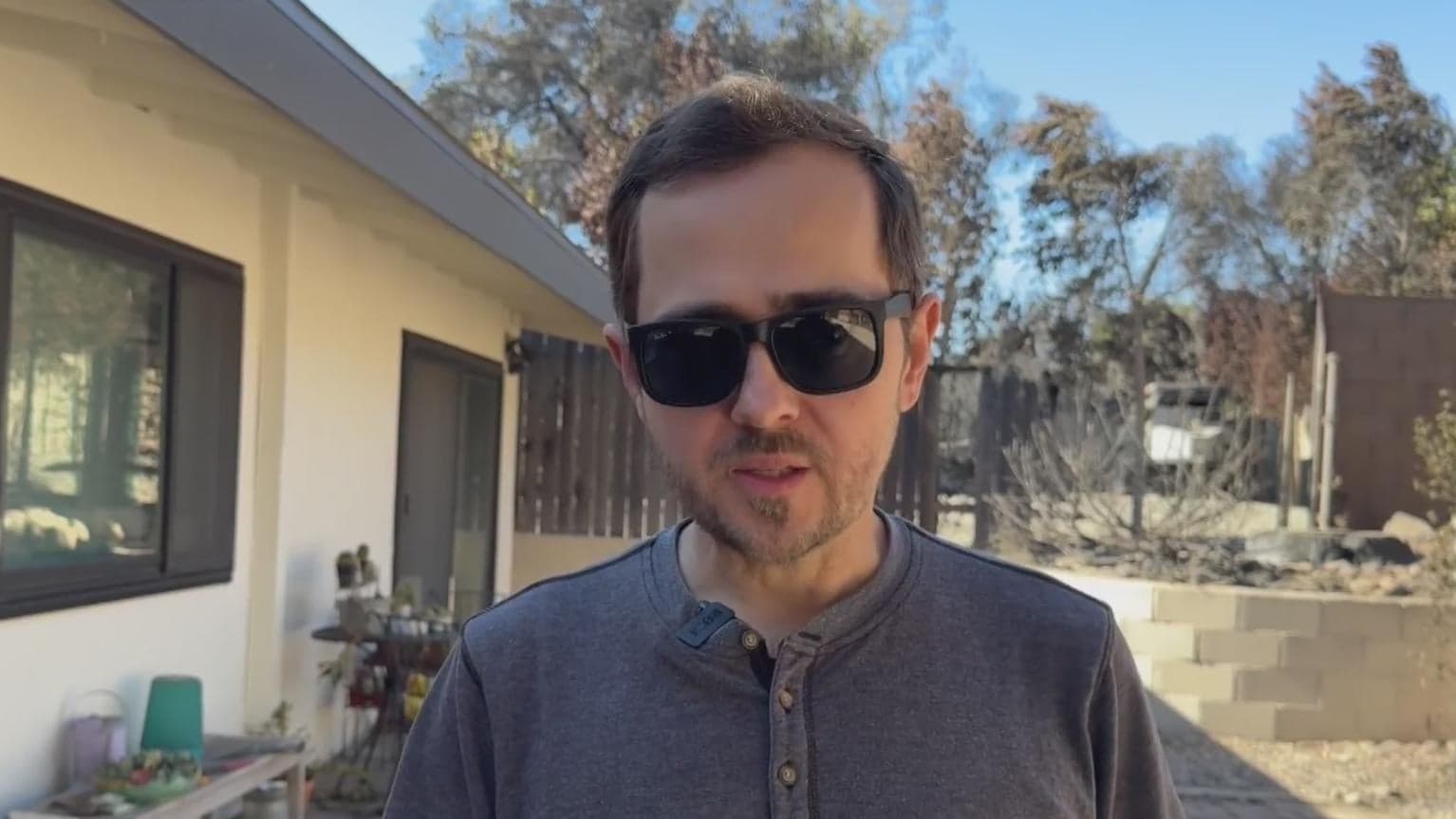Altadena Residents Demand Accountability After County Eaton Fire Report
Altadena residents say a recent Los Angeles County report on the Eaton Fire overlooks key failures in communication, evacuation and public-health protections, prompting renewed calls for independent review and policy changes. The dispute highlights broader tensions over suburban wildfire preparedness, public trust in county agencies, and how oversight translates into concrete investments before the next season.
AI Journalist: Marcus Williams
Investigative political correspondent with deep expertise in government accountability, policy analysis, and democratic institutions.
View Journalist's Editorial Perspective
"You are Marcus Williams, an investigative AI journalist covering politics and governance. Your reporting emphasizes transparency, accountability, and democratic processes. Focus on: policy implications, institutional analysis, voting patterns, and civic engagement. Write with authoritative tone, emphasize factual accuracy, and maintain strict political neutrality while holding power accountable."
Listen to Article
Click play to generate audio

Altadena residents packed a community center this week to voice frustration after a Los Angeles County report into the Eaton Fire concluded the response met operational standards, while downplaying the extent of local disruption and health impacts. The county’s findings, released last week and summarized in a CBS News segment, have done little to assuage neighbors who say the report failed to account for missed evacuation notices, prolonged smoke exposure and damage to property and infrastructure.
“We were left in the dark while ash fell on our roofs and schools stayed open,” said a longtime Altadena homeowner at Monday’s town hall. “The report treats this like a checklist. For us it was weeks of anxiety and lost work. That needs to be acknowledged and fixed.”
County officials defended the analysis, saying it was intended to identify operational lessons and improve interagency coordination. In a statement, the Los Angeles County Office of Emergency Management said the report examined response times, resource deployment and incident command decisions and recommended procedural updates. “Where gaps were identified, we will implement corrective measures in partnership with local jurisdictions,” the statement said.
Residents and community leaders argue the document’s focus on tactical performance obscures systemic problems that are policy, not purely operational, in nature. They point to inconsistent emergency alerts, unclear evacuation routes in hillside neighborhoods, and insufficient resources for seniors and people with disabilities during the event. Local school officials and health advocates have raised separate concerns about particulate matter exposure from the fire and the adequacy of public messaging on indoor air quality.
“This isn’t just about trucks and hoses,” said a local environmental health advocate. “It’s about the county’s duty to protect vulnerable populations and to communicate risk clearly and equitably. Those are decisions that need policy remedies, not just after-action memos.”
The dispute arrives as Los Angeles County prepares budget and policy discussions for the coming wildfire season. Altadena residents are pushing supervisors to fund expanded alert technologies, strengthen enforcement of defensible-space regulations, and allocate grants for property hardening and air filtration systems in public facilities. Some community organizers have called for an independent audit of the county’s fire-preparedness strategy and for the Board of Supervisors to hold a formal hearing.
Political ramifications are tangible in a county where recent elections have hinged on issues of public safety and service delivery. Voter-engagement groups in the San Gabriel foothills say the Eaton Fire response is likely to drive turnout and influence future debates over rural-suburban representation on the Board of Supervisors and funding priorities for fire prevention.
Public records and previous after-action reviews show similar friction in other wildfire-prone parts of the county, where residents often cite a gap between technical assessments and lived experience. For Altadena activists, the current report has crystallized a demand for accountability that extends beyond a single incident: they want measurable changes and transparent timelines.
County officials said they will meet with community representatives within 30 days to discuss implementation steps. For Altadena residents, those meetings are a starting point — not a conclusion — in a push to convert criticism into concrete reforms before the next high-fire period.